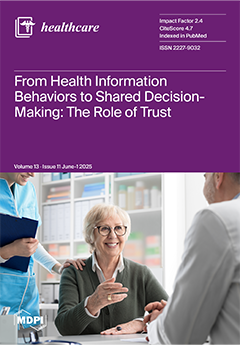Background/Objectives: The Physical Activity and Social Support Scale (PASSS) is used to evaluate the physical activity and social support in a multidimensional way, but it has not yet been translated or culturally adapted for Turkish-speaking individuals. The aim of this study is to evaluate the validity and reliability of the Turkish version of the PASSS, which evaluates social support for physically active, healthy young adults.
Methods: Two hundred and two individuals (98 females, 104 males; mean ± SD age, 26.5 ± 6.1 years; BMI, 23.3 ± 3.2 kg/m
2) participated in the study. The PASSS was translated into Turkish using the Beaton guidelines. Multidimensional Scale of Perceived Social Support (MSPSS), International Physical Activity Questionnaire-Short Form (IPAQ-SF), and Short Form-12 Health Survey (SF-12) were used for construct, convergent, and divergent validity.
Results: The PASSS demonstrated good internal consistency (Cronbach’s α = 0.84) and excellent reliability (ICC = 0.90; 95% CI = 0.86–0.93). The PASSS showed good correlation with the MSPSS (r = 0.378,
p = 0.001), fair correlation with the IPAQ-SF (r = 0.271,
p = 0.001), and poor correlation with the SF-12 physical component score (PCS-12) (r = 0.15,
p = 0.03); it was not correlated with the SF-12 mental component score (MCS-12) (r = 0.102
p = 0.15). We observed no ceiling and floor effects.
Conclusions: The results show that the PASSS Turkish version is reliable and valid and can be utilized for physically active, healthy young Turkish adults.
Full article






